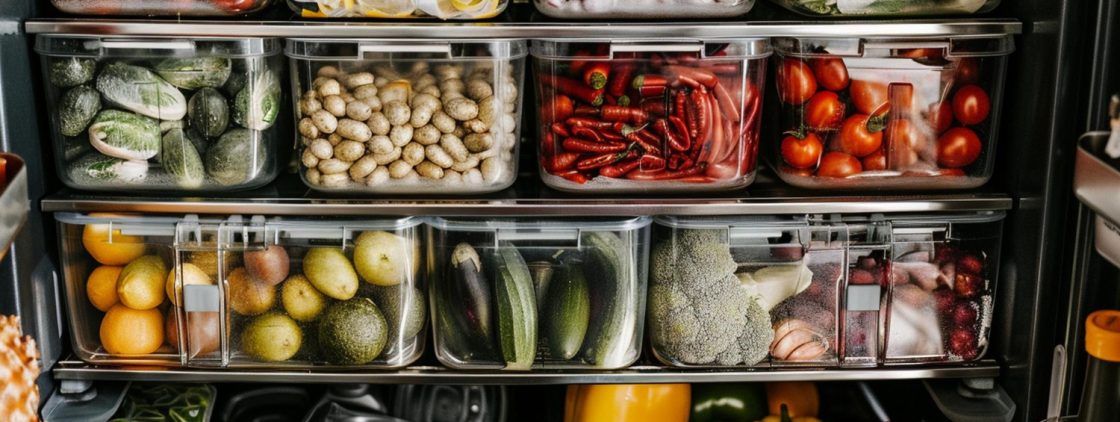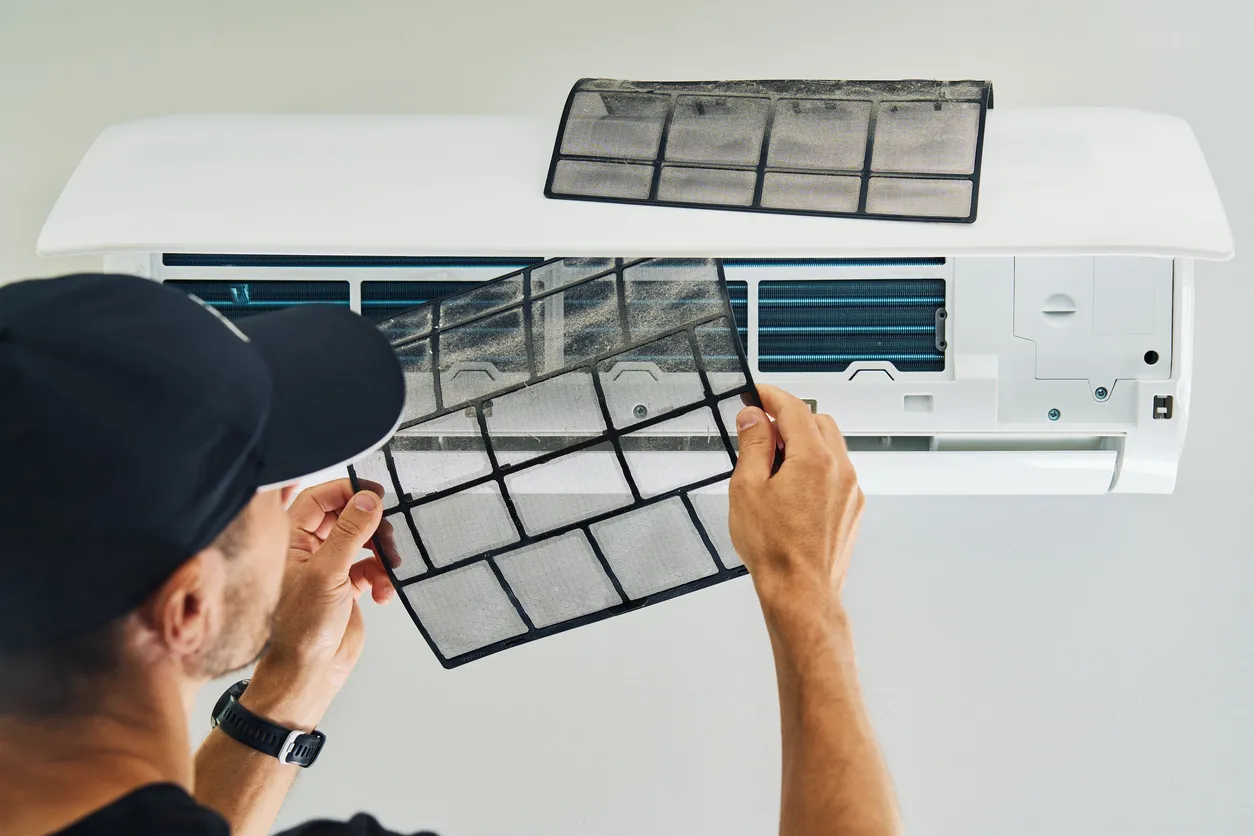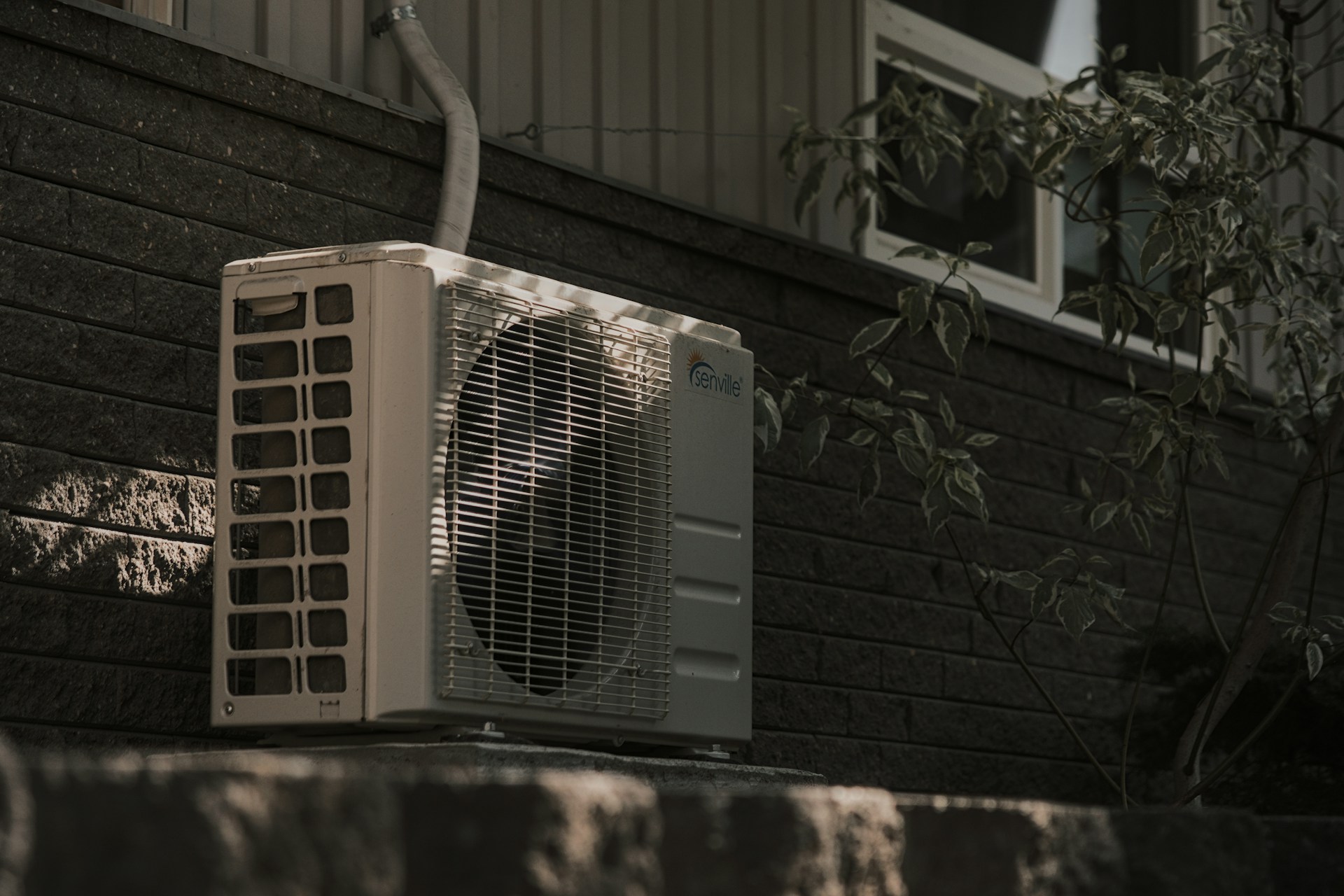If your walk-in cooler in Stafford is struggling to keep a steady temperature, it’s more than just a minor inconvenience. Temperature swings can directly impact the quality and safety of the goods inside, especially in food service environments. When that happens, it can cause product waste, lost revenue, and even health concerns. Business operations that depend on consistent cooling don’t have much room for error when something starts to go wrong.
Have you opened your cooler and noticed it’s warmer than it should be? Or maybe items are freezing up near the evaporator while others are sitting too warm on the shelves. That uneven performance is usually a sign that something isn’t working as it should. Understanding why your cooler can’t maintain temperature is the first step toward solving the problem and preventing future disruptions.
Possible Causes Of Temperature Fluctuations
Temperature problems in a walk-in cooler can stem from several mechanical or component failures. Identifying the source can help address the issue before it gets worse. Below are some of the most common reasons your walk-in cooler in Stafford might be underperforming:
– Faulty Thermostat or Controls: If the thermostat is misreading the temperature or set incorrectly, your cooler may not activate the cooling cycle when needed. This creates inconsistent temperatures that could lead to spoilage or freezing.
– Poor Insulation or Bad Door Seals: Worn-out gaskets or gaps in door seals can let warm air into the cooler. Over time, this can make the system work harder, raising the internal temperature.
– Blocked Coils: When the condenser or evaporator coils are dirty or obstructed, airflow becomes restricted. Weak airflow prevents the system from properly circulating cold air, leading to uneven performance.
– Refrigerant Problems: If refrigerant levels drop due to a leak or improper maintenance, the system won’t be able to cool as it should. You may notice longer cooling cycles and rising temperatures.
– Compressor Issues: The compressor plays a central role in pushing refrigerant through the system. If it’s malfunctioning, the pressure and cooling capacity of the unit can be severely affected.
In one case, a Stafford bakery noticed its walk-in cooler cycling on and off more frequently than usual. Turns out, the door gasket had a small tear, and the warm air sneaking in caused the system to overwork. Replacing the broken seal returned everything to normal and kept the baked goods at a safe, consistent temperature.
So, if something feels off with your cooler, don’t assume it’s just a one-time glitch. These problems tend to get worse with time or lead to full breakdowns if ignored. Check for any signs listed above to start narrowing down the root cause.
Immediate Troubleshooting Steps
When a walk-in cooler starts losing its grip on temperature, there are a few things that can be checked right away. Some issues are simple enough to spot, but attempting to fix them without proper tools or training can make things worse. That’s why it’s better to look for visible signs and unusual behavior, then call in professionals who know how to handle commercial cooling units.
Here’s a short checklist for identifying possible problems:
1. Check the Thermostat Settings
Make sure the thermostat is set at the right temperature and hasn’t lost calibration. Settings can sometimes be bumped or tampered with, leading to improper readings and inconsistent cooling.
2. Clean Coils
Dust, debris, or grime buildup on the condenser and evaporator coils can block airflow. Look for obvious signs of dirt or ice on the coils. If they’re clogged, airflow is going to suffer.
3. Look Over the Door Seals
Inspect the door gaskets for cracks, tears, or areas where the seal has come loose. Even a small gap can allow warm air to get inside and force the cooler to work harder just to keep up.
4. Scan for Leaks or Damage
If refrigerant is leaking, there might be pooling liquid under or near the unit. You could also hear unusual hissing or notice frost in odd spots. These could be signals that the refrigerant cycle is compromised.
Catching these issues early will make a big difference. It could help avoid food spoilage, inventory loss, or higher energy bills brought on by an overworked system. If something doesn’t look or sound right, it’s time to take the next step.
Why Routine Maintenance Pays Off
A consistent maintenance routine is one of the smartest ways to protect your walk-in cooler. Skipping service checks might save time in the moment, but over time, unchecked performance issues can snowball into expensive problems that affect your budget and operations.
Regular inspections can spot problems like refrigerant leaks, airflow restrictions, or faulty sensors before they lead to full system failures. Our technicians can catch patterns caused by worn-out components or stress on the unit. These types of inspections not only prevent breakdowns but also help the unit run more efficiently, cutting down on the energy it takes to perform its job.
Maintenance should cover more than just checking temperatures. It includes:
– Inspecting and cleaning the condenser and evaporator coils
– Testing the calibration and performance of the thermostat
– Looking for refrigerant imbalances or leaks
– Checking the compressor for signs of failure or stress
– Ensuring the door seals and insulation materials are intact
Neglecting these tasks can lead to rising electric bills or uneven cooling that puts your inventory at risk. A simple fix today could prevent a full replacement down the line.
Knowing When to Bring In Our Technicians
While it helps to know basic signs and symptoms, there are times when it’s best to call in our professionals. If your walk-in cooler in Stafford isn’t bouncing back after some quick checks, something deeper could be wrong.
Here are some warning signs:
– Sudden changes in temperature that don’t return to normal
– Ice buildup in unusual spots around the unit
– Unusual noises from the compressor or fans
– Water leaks from unknown sources
– The motor running constantly without cycling off
These issues often mean there’s a failure within components like the compressor, fan motor, or control board. Replacing or repairing those parts requires special tools and knowledge that most staff members won’t have on hand.
Waiting too long could result in food waste, equipment shutdown, or compliance concerns for businesses that deal with perishables. Staying ahead of the problem with a planned service call is a safer and smarter move.
Make Cooler Reliability a Priority
Maintaining consistent temperature in your walk-in cooler isn’t something that happens by chance. It takes routine attention, performance checks, and clear action when something feels off. The cooling system plays a big role in keeping things running smoothly, and overlooking minor problems can increase the risk of major failures.
Keep a watchful eye on daily performance, inspect for wear, and don’t wait to get issues addressed. When your operations depend on consistent cooling, protecting your equipment becomes part of protecting your bottom line. Having our technicians involved when warning signs appear can help restore your setup and keep it performing longer.
Maintaining reliable cooling performance is key to protecting your inventory and avoiding unexpected disruptions. If your walk-in cooler in Stafford shows signs of temperature fluctuations or other issues, our technicians can provide the inspection and service needed to keep everything running smoothly. Weather Cool Inc understands that early action can save you from costly repairs and potential product losses. For a quick estimate or to book a service visit, please contact us today.




